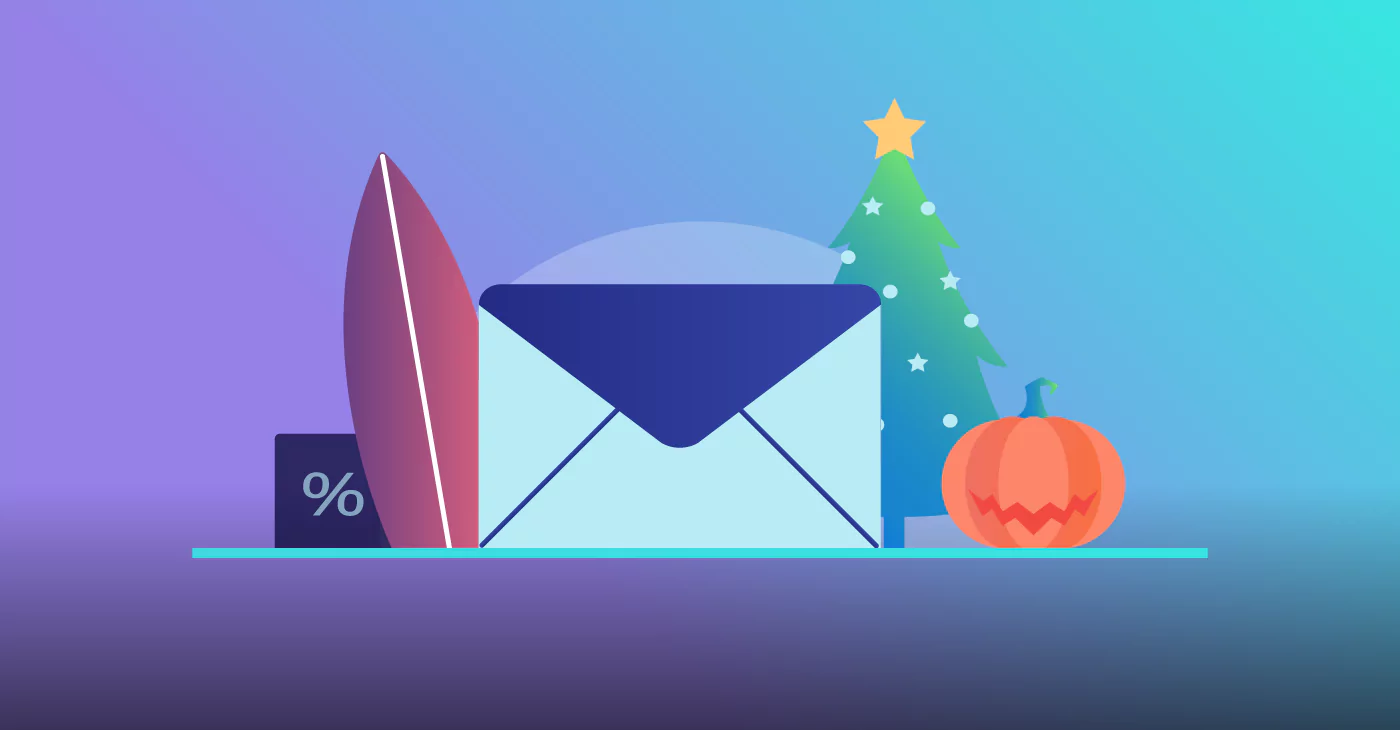Content and Marketing Automation: How Both Strategies Fuel One Another
January 30, 2023 4 min read

The average customer journey these days involves a lot of self-service: we do our own research, read reviews of products and try to decipher which ones are real vs. paid or bot-generated, and then make the decision alone.
It’s a big shift from the days of hand-selling in department stores, where a human would not only greet you but also educate you on your options and help you decide which one best fits your needs and budget.
This isn’t a call to return to the past, though. Rather, it’s a suggestion of how marketers can infuse the presale steps of the sales funnel with that same human touch, that gentle guidance, and reap the ROI benefits—including an average of 5-15% more revenue.
While eCommerce doesn’t allow for in-person engagement the way brick and mortar stores do, there are opportunities to educate your customers and infuse their interactions with your brand with personality. One of the best ways to do this is with a tandem strategy involving content marketing and marketing automation.
Content Marketing Builds Customer Relationships
Content marketing is a great way to bring customer service into the early stages of the customer journey. Instead of addressing customer needs reactively, content marketing enables you to make prospects feel seen and catered to before they’ve ever made a purchase.
Take the example of floor sales. If you wanted to buy a couch in 1975, you might go to Sears. You’d sit on a bunch of different sofas and loveseats, all while discussing your specific needs and budget with the salesperson. By the time you’re ready to make a decision, that salesperson has (hopefully) convinced you that they know everything there is to know about couches, and their recommendation is tailored to your needs.
That’s the customer experience we’re always trying to replicate: the feeling of being heard and cared for and ultimately guided to the right decision.
The most efficient, cost-effective way to replicate that feeling is through digital marketing, leveraging personalized, relevant content that focuses on helping subscribers understand the products they’re looking at and gauge which ones will add the most value to their lives.
Educational content like email newsletters, infographics, social media posts, webinars, white papers, and blog posts all add value to consumers’ lives and serve their needs. And that has the added advantage of positioning your business as a thought leader and expert in your industry.
The more you deepen your prospects’ understanding and build their confidence about their options, the more you increase brand awareness and differentiate yourself in the market—and the more likely you’ll be their first choice when they’re ready to make a purchase.
The proof is in the conversion rates: companies that adopt a content marketing strategy convert at nearly six times the rate of those that don’t. Between the new customers you’ll bring in and the word-of-mouth brand authority you’ll garner, it’s clear why email marketing is consistently in the top three strategies for ROI.
Marketing Automation Helps Streamline and Target Lead Nurturing
The wonderful thing about content marketing is that it’s scalable, especially when you combine it with a great marketing automation system.
That personalization we talked about? It’s easy when you have customer data ready to be mobilized in your CRM. Segmentation makes targeting specific audiences by industry, age, location, or other demographic a piece of cake.
Automation infuses email marketing with scalability and flexibility—just add new prospects to a segment or tweak your messaging in one place, and that whole email campaign is ready to go—while helping you stay consistent in your customer touchpoints.
For example, email drip campaigns are a great way to improve your lead generation through content strategy, and they’re easy to implement with marketing automation and content marketing tools.
You can segment your prospects according to where they are in the sales cycle and any relevant demographic details, then target the content of your emails to serve their unique interests and solve any pain points. And with the ability to schedule all your emails in advance, you can make sure you’re not too pushy (which can send you to Spam and cause users to unsubscribe).
Not only does the automation functionality help you personalize your content, but it also relieves your marketing team of the burden of repetitive tasks and basic marketing processes, freeing them up to focus on the strategy side, performing A/B tests, and tweaking the follow-up approach according to the metrics that matter most.
Sharing high-quality content that educates and adds value to your target audience at the very beginning of your sales process is a tried and true strategy for lead generation and inbound marketing, and automation platforms streamline and improve your marketing efforts.
Content marketing strategies and marketing automation are like peanut butter and jelly: sure, you can have one without the other, but why would you, when they pair so nicely?






